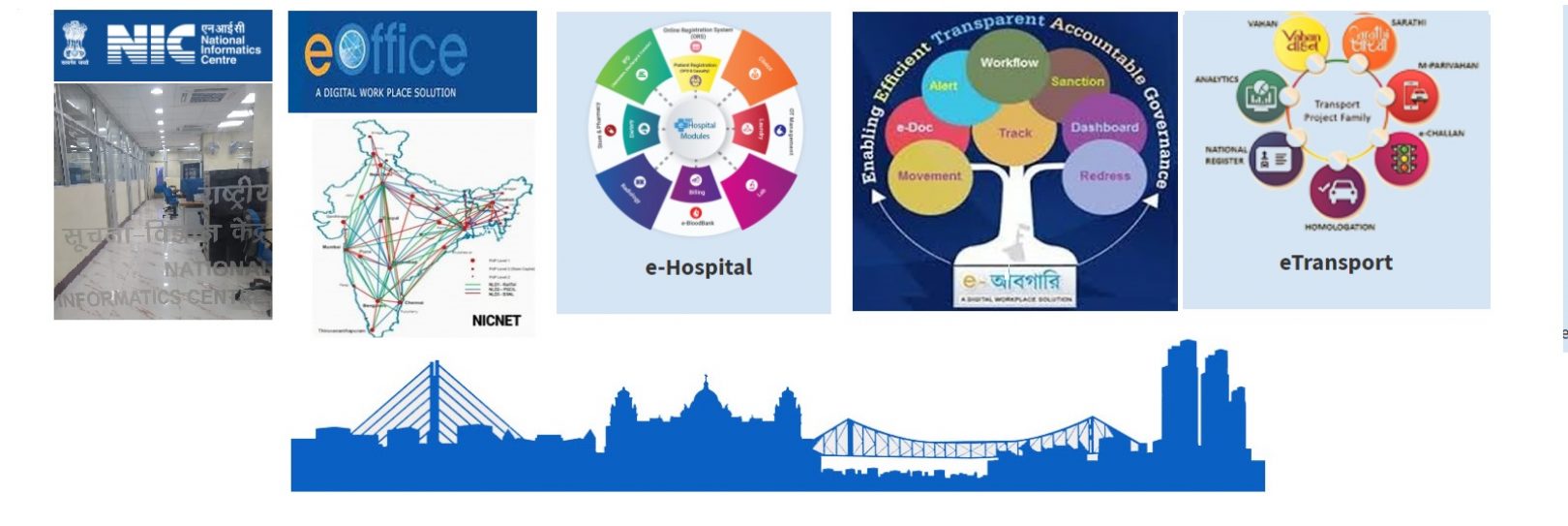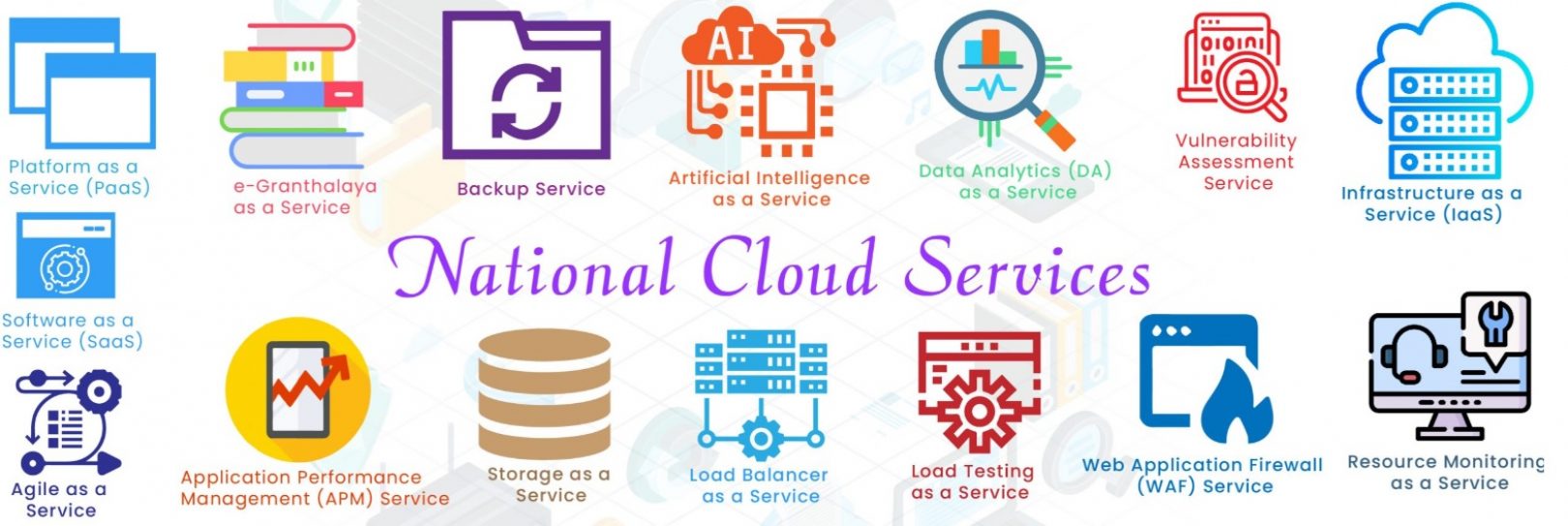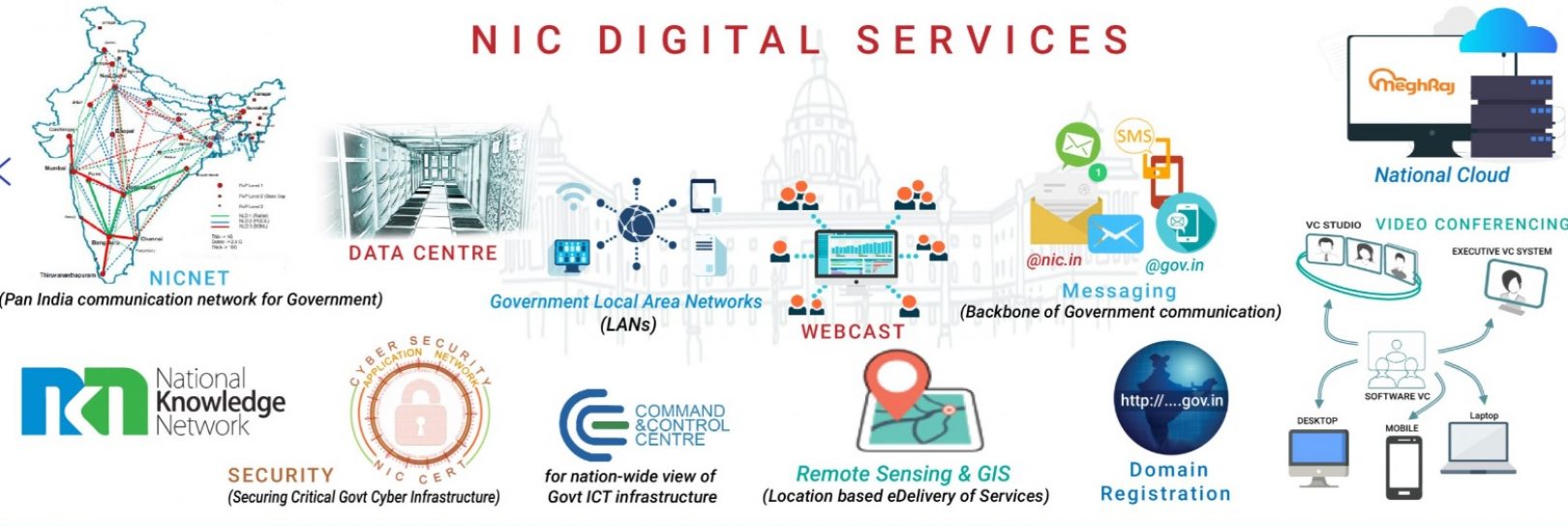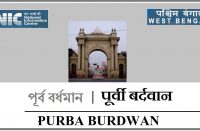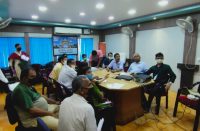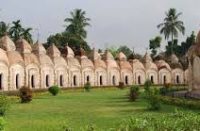
About us
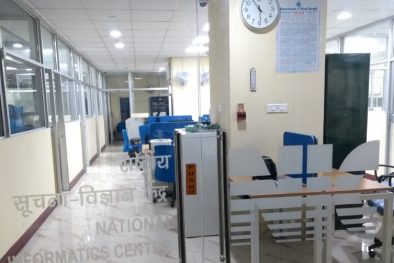
National Informatics Centre (NIC) was established in 1976. It is an attached office under Ministry of Electronics and Information Technology (MeitY), Government of India and having it’s HQ in New Delhi. NIC has rich experience in providing ICT and eGovernance support to the Government for the last 4 decades and bridge the digital divide. It has emerged as a promoter of digital opportunities for sustainable development. NIC spearheaded “Informatics-Led-Development” by implementing ICT applications in social and public administration and facilitates electronic delivery of services to the government (G2G), business (G2B), citizen (G2C) and government employee (G2E). NIC, through its ICT Network, “NICNET”, has institutional linkages with all the Ministries /Departments of the Central Government, all State Governments/Union Territories, and about all District Administrations of India. NIC has been closely associated…
Events
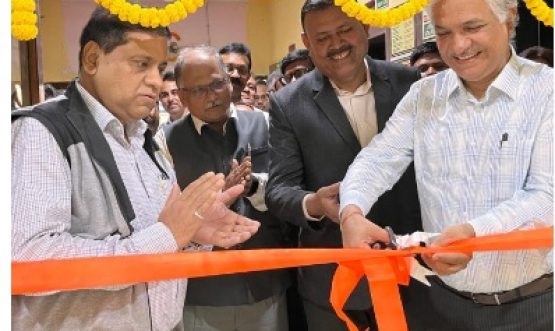
Inauguration of Digital Innovation Centre at NIC West Bengal, Kolkata
Digital Innovation Centre has been inaugurated on 28th February 2024 at the NIC Nizam Palace, Kolkata.
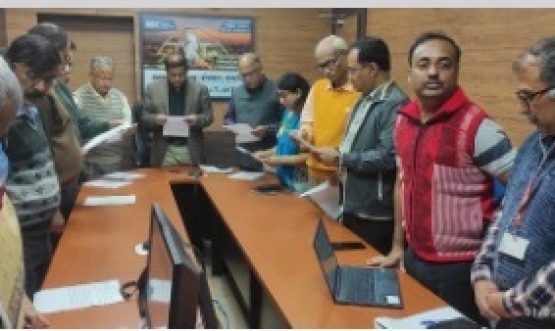
Swachhata Abhiyan-Pledge Taking Ceremony 2024
Swachhta Pakhwada was observed by all the officers and employees of National Informatics Centre, West Bengal, Kolkata and all its…
Awards

NIC, West Bengal has bagged seven...
Duare Tran (Relief at the Doorstep) project under the category Analytics / Big Data || Duare Sarkar (Government at the…

CSI NIHILENT AWARD FOR BEST E-GOV...
Ease of Doing Business in the Labour Department, West Bengal bagged the CSI Nihilent Award of Appreciation for the best…
Photo Gallery
National Informatics Centre
West Bengal State Centre
Vidyut Bhawan, Gr. Floor,
Block-DJ, Sector II,
Salt Lake City.
Kolkata,
West Bengal.
Pin-700091
Phone: 033-23590833


